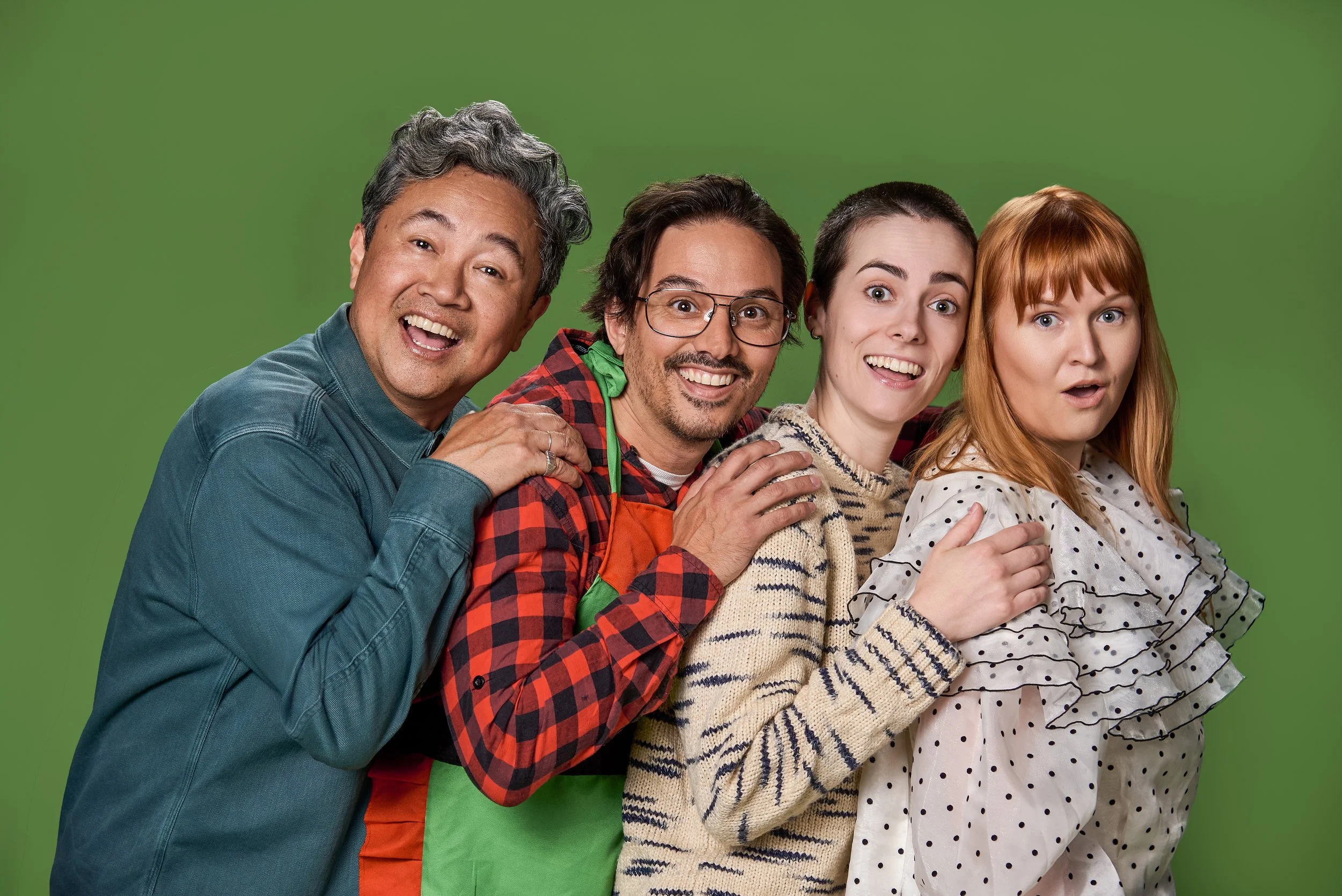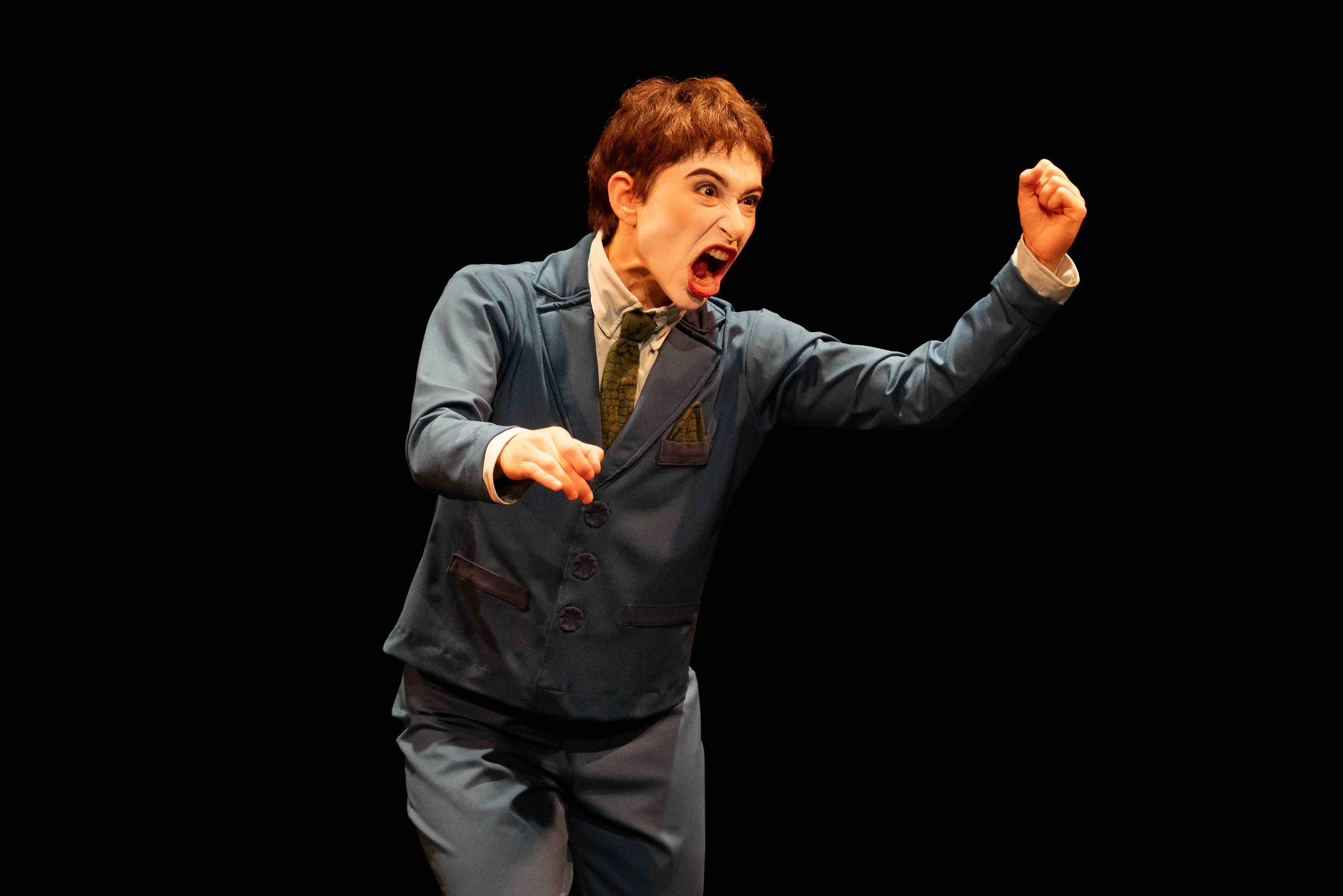GVPTA COVID-19 Impact Report projects weeks or months for arts venues to restart if pandemic restrictions are eased
Both organizations and individuals express gaps in funding and ongoing stress
Shuttered theatres won’t be able to open overnight.
Greater Vancouver Professional Theatre Alliance’s Kenji Maeda
THE NEW SPRING installment of the BC-wide Impact Survey on the state of the arts during COVID-19 paints a picture of ongoing uncertainty in the cultural sector.
The survey by the Greater Vancouver Professional Theatre Alliance includes data collected between April 6 and April 22 from 551 respondents—both organizations and individuals, across all artistic disciplines. The full report is here.
The uncertainty across the board stems from an inability to plan for the future and the fact that COVID-relief and other funding is still inaccessible for some after over a year of pandemic shutdowns.
“Those things continue to be a concern for us,” GVPTA executive director Kenji Maeda tells Stir. “There are still groups of organizations and individuals that are falling through the cracks.”
Individual artists and arts workers expressed multiple obstacles in the spring report. Eighty-two percent said they were dealing with general uncertainty and an inability to plan for the future, 80 percent reported increased stress or shortage of energy and motivation, and 62 percent were dealing with a shortage of work opportunities.
Almost half of individual artists and arts workers identified financial- and social-support-related challenges. They cited overwhelming guidelines for the CERB, CRB, and EI programs, as well as daunting expectations when transitioning out of those programs.
Artist grants are inaccessible for some: as one respondent quoted in the report said, “With over 25 years of professional arts experience I don't qualify for artist grants due to the nature of my work.”
Identifying the funding gaps
As an illustration of the gaps that may exist for people in the arts, 60 percent of individual respondents accessed the CERB (Canada Emergency Response Benefit) or CRB (Canada Recovery Benefit) program, while 40 percent did not apply or were not eligible. More concerning, 34 percent of artists and arts workers project they’ll earn less than $20,000 this year, and 21 percent said they don't know or it was too difficult to estimate at this time. Meanwhile, 40 percent of respondents are working less than half of their previous hours in the arts and culture sector.
“The challenge for a lot of artists and arts workers is that, if organizations are shut down and there’s no programming, they’re really reliant on those organizations to hire them,” Maeda points out. “But they’re the backbone of the arts and cultural community.”
In the report, artists said that if they were given unrestricted funds, they’d mostly put the first money toward practical costs like rent, hydro, and housing. If there was additional money, it would go to professional development and creating or developing their practice.
This highlights a concern for Maeda. “Even if they can’t work right now, how can we make sure their skills are maintained?” he asks. “I worry about dancers and performers: if the studios are closed, when are they supposed to practise their art?”
At the larger arts-organization level, a vast majority of groups identified current government restrictions relating to public health orders as their major obstacle, with 62 percent citing the uncertainty of the government response to the pandemic as hindering their ability to plan effectively.
As with the past two reports (last spring and fall), the organizations running venues faced the most difficulties. Sixty-one percent of BC’s venue-operating organizations told the GVPTA they would require anywhere from three weeks to two months to plan their first in-person event, if indoor gatherings of up to 50 are permitted again (as they were through late summer and early fall). Note that nine percent of respondents would require more than 50 attendees for their event to be viable.
“Just like restaurants can’t open up right away because they still need to buy supplies and prepare staff, similarly cultural organizations need time to ramp up,” Maeda elaborates.
It will be key for government and funding bodies understand this lead time will be necessary, says Maeda. He feels more confident the province and its health authorities are being told this at new round tables (of which GVPTA is taking part) with the cultural community. “But more important is making sure they know how professionally run these [arts] venues are, with staff who have a lot of expertise to open safely, similar to other businesses,” he comments.
Vaccinations and audience comfort levels
Maeda points with optimism to comfort levels of people who intend to get the jab: The report found about one-third of respondents who are not vaccinated but intend to be, or who have already received their first dose, are comfortable right now visiting a grocery store, or museum or gallery. One month after full vaccination, at least 50 percent of respondents expect to be comfortable in cinemas, performance venues, museums, and galleries.
But while audiences may be preparing to return to live performances, funding gaps continue at the organizational level—similar to those faced at the individual level. More than half the arts groups surveyed identified funding-related challenges, including eligibility criteria to access relief funds, and the fact that they operate outside the traditional nonprofit structure (such as venues attached to educational institutions, for-profit groups, or unregistered collectives).
“A lot of the money went to the existing clients of the Canada Council or Canadian Heritage or the BC Arts Council,” explains Maeda, but not to groups and individuals who operate outside that—especially those from already marginalized communities.
“This goes to the broader problems that the arts and culture sector has been trying to bring up: because of the inequalities in the system, how are we addressing the longterm impact of the pandemic?” Maeda says. “If Black and racialized groups and artists haven’t been part of the system or if they’re community based, these are broader questions that need to be addressed by government bodies and other funding bodies.”
Amid third-wave shutdowns that the province has extended until at least May 25, there was some positive news in the report. Organizations are slightly more optimistic about their own recovery now than in December, while individuals are much more optimistic, the GVPTA survey shows. In other good news, compared to the previous three-month period, organizations expect a net increase in the number of staff, artist contracts, and hours worked over the next three months.
Sixty-five percent of organizations that operate venues said they were not concerned with an immediate threat of closure. That’s hopeful, and yet 29 percent said they were “still assessing the situation”.
Working together across art forms
The GVPTA will continue to monitor the situation in its strong new role as a data-collector for BC’s arts sector during the pandemic. Maeda hopes to do a new survey sometime late summer.
This week has seen the cancellation of live summer events like Bard on the Beach, which has moved programming online. But the provincial health officer indicated that, if vaccine rollout can be accelerated, we might see the return of maximum-50 gatherings, at least outdoors.
The larger looming question: Can we hope to see performing-arts seasons launched come fall if groups are saying they need weeks or months of notice to get up and running again—even if audiences are limited to 50?
“What I’m hearing is organizations are going to likely be programming micro seasons in the fall,” Maeda says. “At the round table, the GVPTA is trying to make sure that our community and the policy makers and decision makers are informed. This is the most important thing.”
That means data in reports like this one are crucial—and that data-collecting will be part of the GVPTA’s role longer term. The arts community working together, across genres, will be equally important, Maeda predicts.
“We actually have to do more of this work moving forward,” Maeda says. “It’s going to be important moving forward within our institutions that this collegial working with each other continues beyond the pandemic. This is the model we should be working toward if we are trying to make broad, sweeping changes and make the sector better.”














